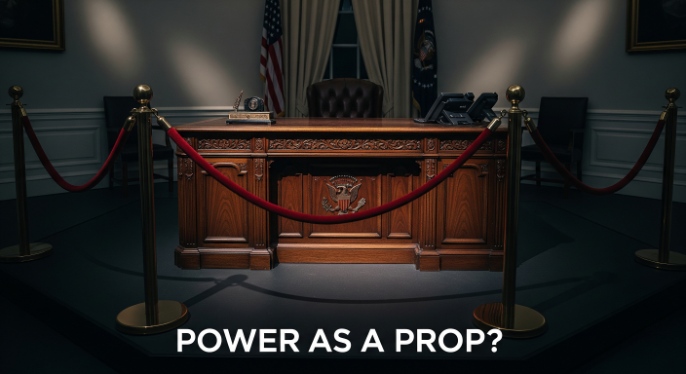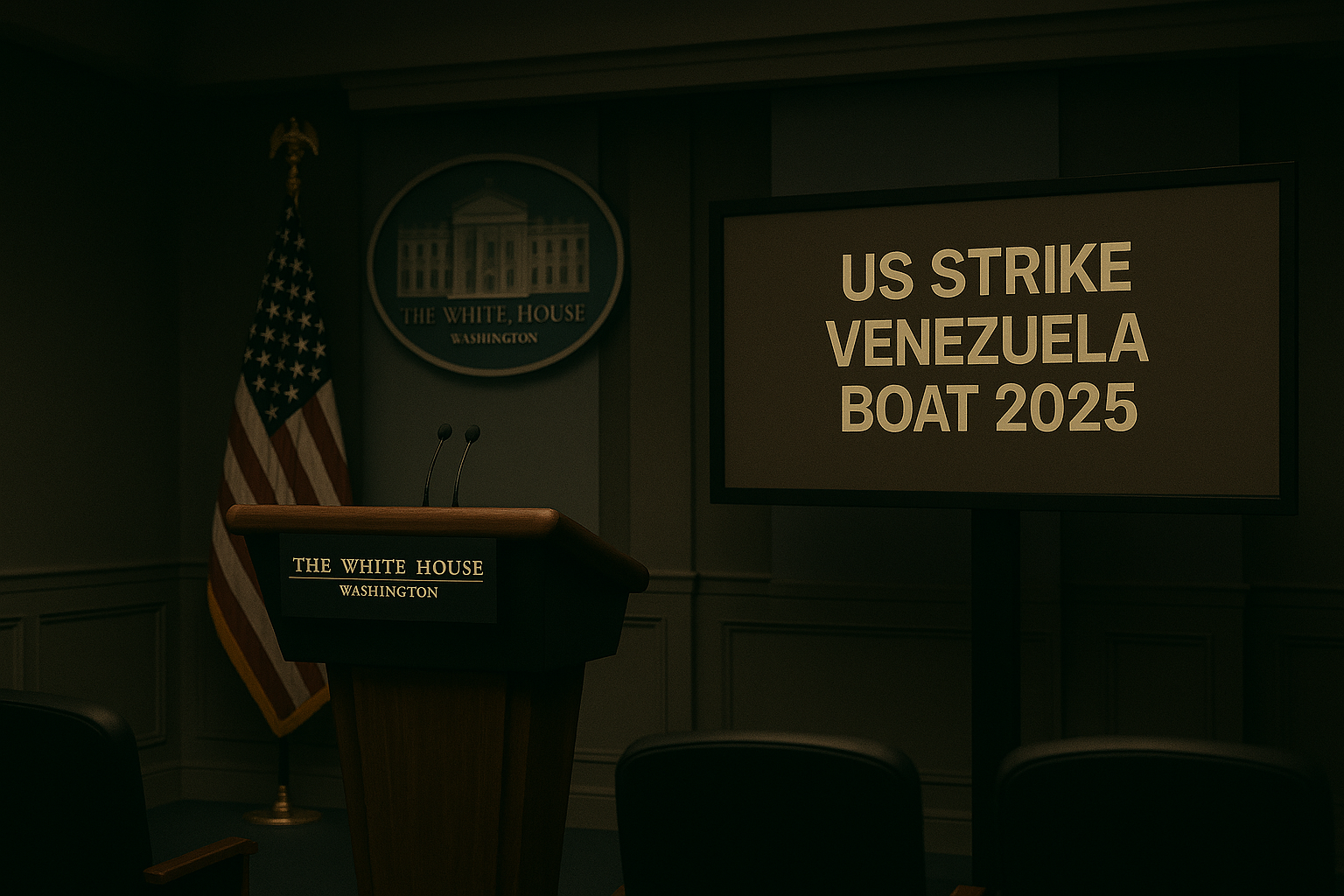In an unprecedented move, former President Donald Trump is blurring the lines of the presidency by hosting political events from a replica Trump Oval Office built at his Mar-a-Lago estate. This controversial decision to use the powerful symbolism of the presidency for his new political organization has ignited a firestorm of criticism, with opponents accusing him of undermining democratic norms. The meticulously detailed replica, used as a backdrop for a campaign-style speech, raises new questions about the use of presidential imagery after leaving office.
A “Shadow” White House at Mar-a-Lago
The event showcased a stunningly accurate reproduction of the most famous room in the world. From a replica of the historic Resolute Desk to the presidential seals, no detail was spared in creating the Trump Oval Office set. For his supporters, the setting was a powerful reminder of his time in power and a symbol of his continued influence. For critics, however, it was a deeply troubling act—an attempt to create a “shadow” presidency and project an authority he no longer holds, raising significant ethical concerns.
Blurring the Lines Between Past and Present
Using the Oval Office for political events is strictly regulated for a sitting president to avoid using the power of the office for campaign purposes. For a former president to build a replica for explicitly political use is entirely new territory. Historians and ethics experts have condemned the move as a break from all presidential norms, arguing that the Oval Office is a symbol of the nation, not a personal brand or a political prop.
The Scale of the Controversy: 1 Replica, Widespread Debate
The creation of the replica Trump Oval Office has sparked a fierce national debate about the boundaries of post-presidential life. The controversy touches on deep-seated traditions in American democracy.
- The Symbolism: The Oval Office represents the continuity and stability of the U.S. government. Using a replica for partisan events is seen by critics as cheapening the institution.
- The Precedent: No former president has ever created such a stage for their post-presidency. The move is seen as uniquely Trumpian, prioritizing political theater over traditional decorum.
- The Reaction: Supporters have praised the move as a brilliant display of showmanship, while opponents have labeled it a cynical and dangerous stunt.
- The Message: The underlying message, critics argue, is a refusal to accept his status as a former president, instead clinging to the symbols of power to fuel his political movement.
A Break from Presidential Norms
Historically, former presidents have been careful to step back from the symbols of their time in office. They write memoirs, engage in charitable work, and offer advice from a position of elder statesmanship. They do not typically build sets to recreate their former power. This move by Trump represents a fundamental break from that tradition. It redefines the post-presidency as an extension of a permanent campaign, using the very symbols of the office to rally a political base against the current administration.
What’s Next? The Political Fallout
The immediate fallout from this political event is a fresh wave of media attention and outrage from political opponents. However, for Trump’s dedicated base, the event is likely to be a resounding success, reinforcing his image as a fighter who still commands the spotlight. The long-term consequence may be a further erosion of political norms, where the symbols of the American presidency are no longer seen as sacred, non-partisan icons but as tools to be used in an endless political war.
Conclusion
The replica Trump Oval Office at Mar-a-Lago is more than just a stage; it’s a statement. It is a controversial and unprecedented challenge to the unwritten rules that have governed the American presidency for generations. By co-opting the most powerful symbol of American democracy for his own political purposes, Trump has once again forced the nation to confront difficult questions about power, decorum, and the very meaning of the presidency itself.






